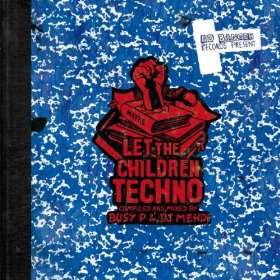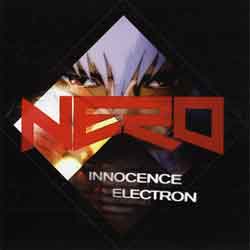Skream, AKA Mr. Keaz. is a dubstep producer based in Croydon. One of dubstep’s first and most prominent producers, he has played an important role in the genre’s development. And we have a taste of some of his mp3 downloads. See more “Skream” Info here
What is DubStep: from http://en.wikipedia.org/wiki/Dubstep
Dubstep is a genre of electronic dance music. Its overall sound has been described as “tightly coiled productions with overwhelming bass lines and reverberant drum patterns, clipped samples, and occasional vocals”.[1]
The earliest dubstep releases, which date back to 1999, were darker, more experimental, instrumental dub remixes of 2-step garage tracks attempting to incorporate the funky elements of breakbeat, or the dark elements of drum and bass into 2-step, which featured as B-sides of single releases. In 2001, this and other strains of dark garage music began to be showcased and promoted at London’s club night Forward>>, which went on to be considerably influential to the development of dubstep. The term “dubstep” in reference to a genre of music began to be used by around 2002, by which time stylistic trends used in creating these remixes started to become more noticeable and distinct from 2-step and grime.
A very early supporter of the sound was BBC Radio 1 DJ John Peel, who started playing it from 2003 onwards. In 2004, the last year of his show, he put Distance, Digital Mystikz and Plastician (formerly Plasticman) in his top 50 for the year.[2] Dubstep started to spread beyond small local scenes in late 2005 and early 2006; many websites devoted to the genre appeared on the internet and thus aided the growth of the scene, such as dubstepforum, the download site Barefiles and blogs such as gutterbreakz.[3] Simultaneously, the genre was receiving extensive coverage in music magazines such as The Wire and online publications such as Pitchfork Media, with a regular feature entitled The Month In: Grime/Dubstep. Interest in dubstep grew significantly after BBC Radio 1 DJ Mary Anne Hobbs started championing the genre, beginning with a show devoted to it (entitled “Dubstep Warz”) in January 2006.[4][5][6]
Dubstep rhythms are usually syncopated, and often shuffled or incorporating triplets. The tempo is nearly always in the range of 130-148bpm.[9] Dubstep rhythms typically do not follow the four-to-the-floor patterns common in many other styles of electronic dance music such as techno and house, but instead tend to rely on a kickdrum based around the first and third beat of a bar (a characteristic inherited from 2-step garage) and longer percussion loops than the four-bar phrases present in much techno or house. Often, a track’s percussion will follow a pattern which when heard alone will appear to be playing at half the tempo of the track; the double-time feel is instead achieved by other elements, usually the bassline. An example of this tension generated by the conflicting tempo can be listened on the right. The song features a very sparse rhythm almost entirely composed of kick drum, snare drum, and a sparse hi-hat, with a distinctly half time implied 71bpm tempo. The track is instead propelled by a sub-bass following a four to the floor 142bpm pattern.
A heavy reverberated Snare hit is a common occurrence within the dubstep genre. This distinguishing feature can be created several ways; firstly the level of the hit is usually 6-18dB louder than the drum kit mix and secondly the use of long-held slow release reverb which assists it to stand out within the track due to the depth it creates. The composition of the snare sample itself is the most common method of making it stand out, typically it is a multi-layered sample oriented around an ordinary snare cut. Layered around this; other samples are ‘tied’ to the attack of the wave, these usually consist of White Noise, Hand Claps and digital snips.
In an Invisible Jukebox interview with The Wire, Kode9 commented on a DJ MRK1 (formerly Mark One) track, observing that listeners “have internalized the double-time rhythm” and the “track is so empty it makes [the listener] nervous, and you almost fill in the double time yourself, physically, to compensate”.[12]

